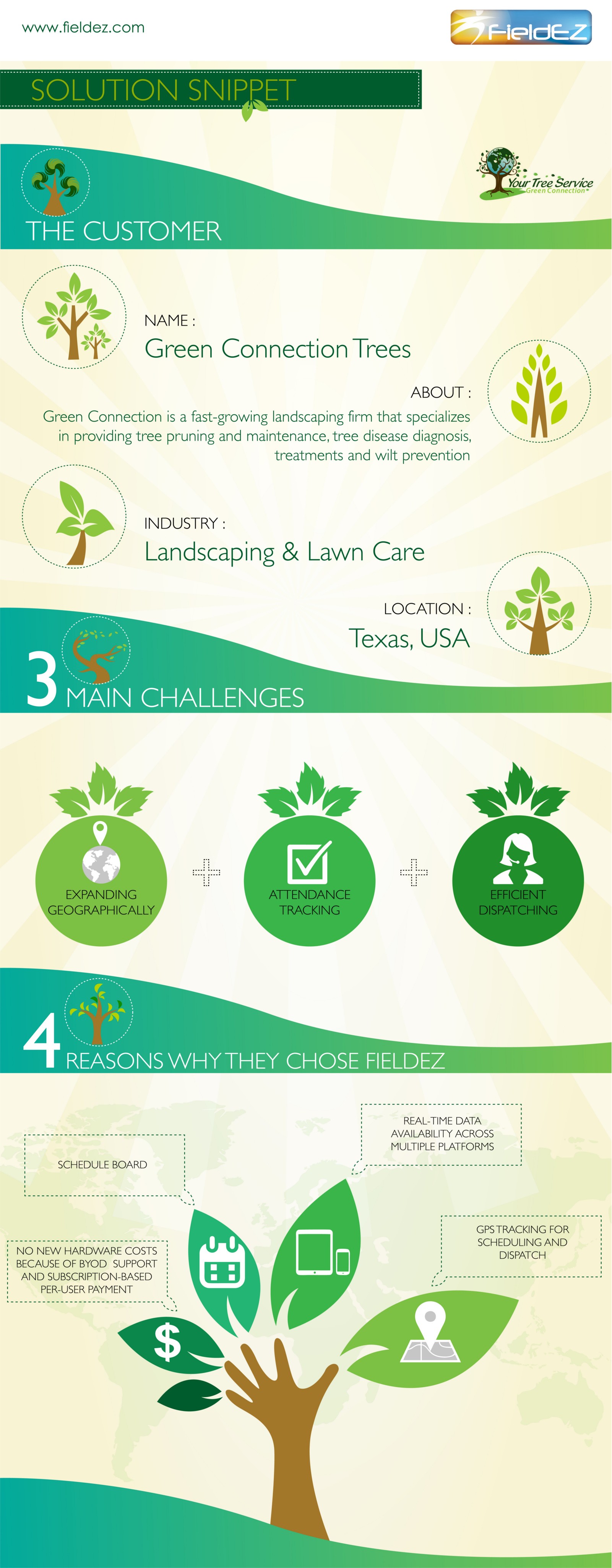When it comes to seasonal tree care, making sure appropriate monitoring before and after elimination can significantly impact the wellness and visual appeals of your landscape. By recognizing the necessary actions involved in assessing tree health and preparing for elimination, you can proactively safeguard your residential or commercial property. Yet what about the important methods to comply with once the tree is gone? Remain tuned to uncover the necessary post-removal care measures that will help you cultivate a thriving and sustainable environment for your trees.
Pre-Removal Tree Care
Before dealing with the elimination of a tree, it's critical to focus on pre-removal tree treatment. Start by evaluating the tree's health and structural integrity. Search for signs of illness, insect infestations, or any structural concerns that might pose a security danger throughout removal. It's necessary to talk to a licensed arborist to identify the best course of action.
Trimming dead or diseased branches can avoid additional damage to the tree and guarantee a smoother removal process.
Furthermore, think about the environmental influence of getting rid of the tree. Trees play an important duty in our ecosystem, so planting a new tree in an ideal place can aid counter any type of loss. Ensure that you have the essential permits and consents for tree elimination, especially if the tree is secured by neighborhood regulations.
Seasonal Maintenance Tips
Evaluating your tree's needs throughout the year is essential for its wellness and durability. To maintain garden experts near me in top problem, follow these seasonal maintenance suggestions.
In spring, focus on pruning to get rid of dead or broken branches and urge new growth.
Summer calls for normal watering, particularly during droughts, to guarantee your tree stays hydrated.
As fall techniques, watch out for very early indications of illness or stress, and consider using compost to safeguard the roots during winter season.
In wintertime, be cautious when getting rid of snow from branches to stop breakage, and remain to monitor your tree's general health.
Bear in mind to readjust your care regular based upon the certain requirements of your tree species and local environment. By remaining conscientious and aggressive throughout the periods, you can assist your trees grow and flourish for several years ahead.
Post-Removal Tree Treatment
To guarantee the health and wellness of your landscape also after tree removal, appropriate post-removal treatment is vital. After a tree is eliminated, it's critical to fill the remaining hole with topsoil and compact it to stop settling. This will certainly help preserve the integrity of the ground and protect against prospective risks in the future.
Consider planting new greenery instead of the removed tree to restore the equilibrium and aesthetic appeals of your landscape. Regularly water the area to advertise the development of new plants and protect against soil erosion.
Check the bordering trees for any indications of disease or stress that might have been triggered by the eliminated tree. Keep an eye out for parasites that may've been attracted to the previous tree and take safety nets to safeguard the remaining vegetation.
If required, consult with a professional arborist to analyze the effect of the removal on the surrounding trees and establish any extra treatment needed. By complying with these post-removal care actions, you can guarantee the continued health and elegance of your landscape.
working from garden
To conclude, aggressive seasonal tree treatment is important for preserving the wellness and balance of your landscape. By assessing tree health and wellness, trimming, and talking to an arborist prior to removal, you can make sure a risk-free procedure. After removal, loading the hole, planting brand-new plants, and normal watering will certainly advertise brand-new growth and stop disintegration. Bear in mind to inspect bordering trees for disease and look for more care procedures from an arborist to maintain your landscape growing.
